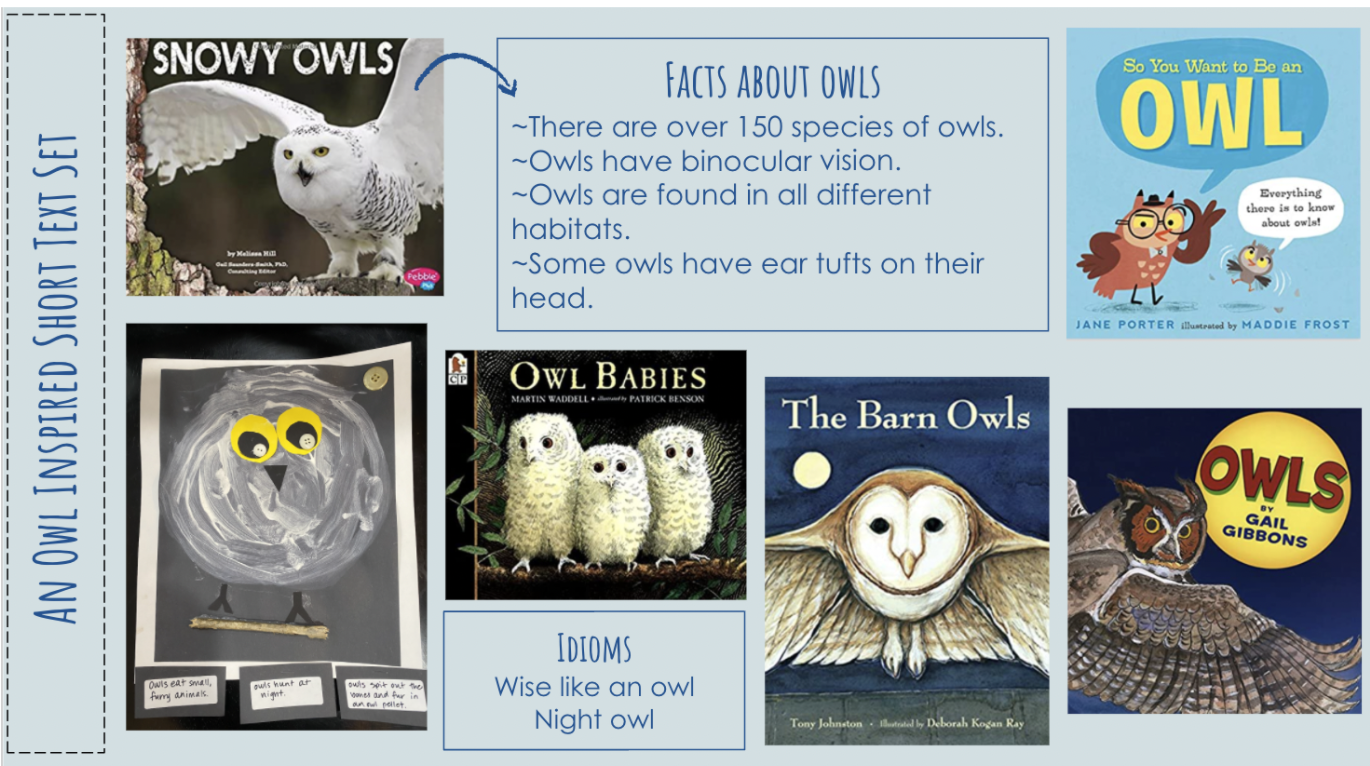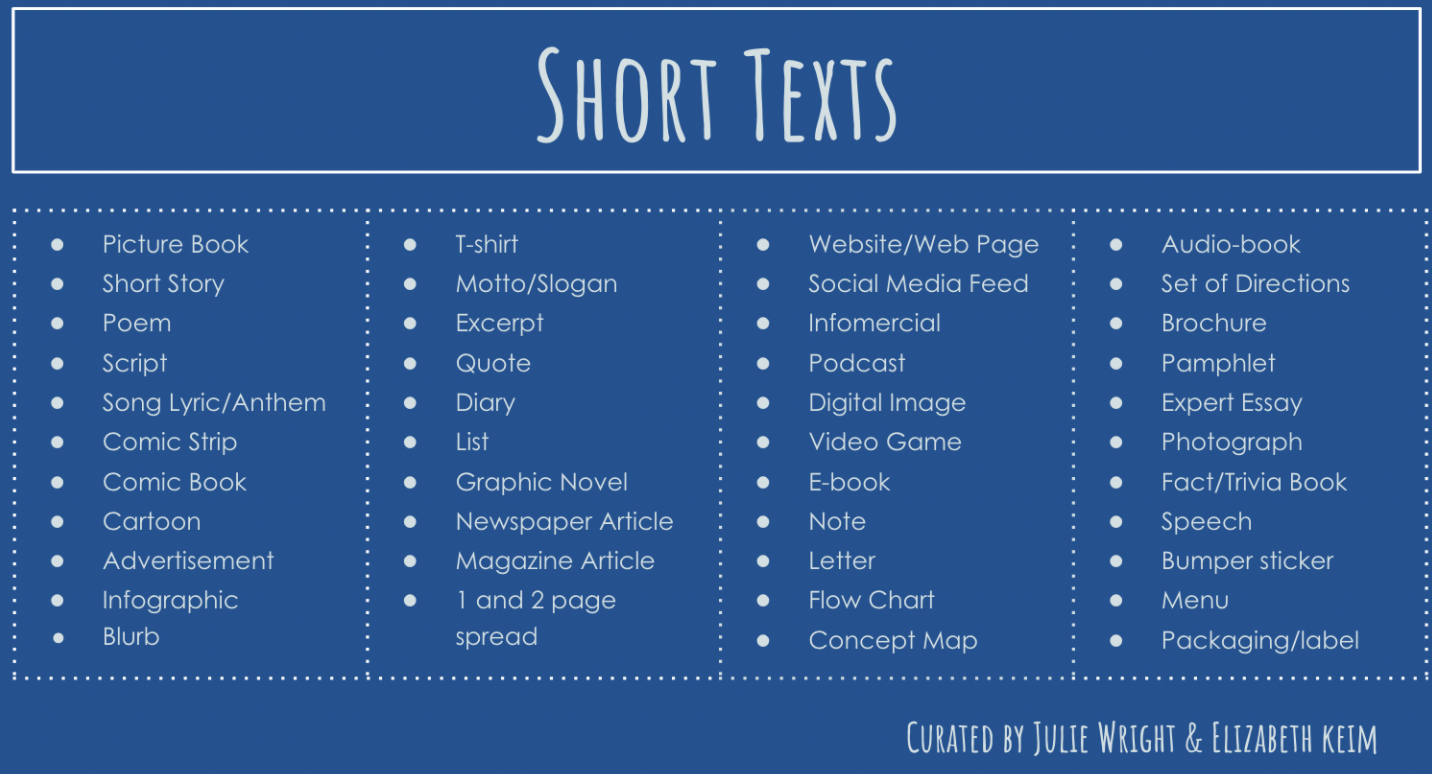Written by Julie Wright & Elizabeth Keim
Did you know that August 26, 2020 marks the 100th Anniversary of the ratification of the 19th Amendment? As women, we are thankful for the many who fought for our right to vote. The very first statue of women in Central Park will be unveiled this week to commemorate the 100th Anniversary and the millions of women it took to get the 19th Amendment into law. The statue will feature three suffragists -- Elizabeth Cady Stanton, Susan B. Anthony, and Sojourner Truth -- who represent this hard work. You can watch the unveiling LIVE on Wednesday, August 26th beginning at 7:45 a.m. by visiting THIS LINK or visit it at a later time where it will be archived.
This post will feature short texts at your fingertips focused on women and women’s suffrage that can be used in real time or to look back in the days and months to come.
BUILDING SOME BACKGROUND
There are a lot of great books, texts and resources about women and the women’s suffrage movement. Here, we highlight a few of our favorites that can be used as:
Whole group mini lessons, shared reading, or read aloud
Small group work led by the teacher, by students, or a combination of both
One-to-one during teacher/student conferring or for independent reading
PICTURE BOOKS
LINKS TO THESE TITLES [for reference or purchase]
Finish the Fight!: The Brave and Revolutionary Women Who Fought for the Right to Vote by Veronica Chambers and The Staff of the New York Times
Equality's Call: The Story of Voting Rights in America By Deborah Diesen
History Smashers: Women's Right to Vote By Kate Messner
Bold & Brave: Ten Heroes Who Won Women the Right to Vote by Kristen Gillenbrand
Marching with Aunt Susan: Susan B. Anthony and the Fight for Women's Suffrage by Claire Rudolf Murphy
How Women Won the Vote: Alice Paul, Lucy Burns, and Their Big Idea by Susan Campbell Bartoletti
My Name Is Truth: The Life of Sojourner Truth by Ann Turner
Elizabeth Started All the Trouble by Doreen Rappaport
OTHER ARTICLES, VIDEOS & OTHER SHORT TEXTS
NYT Article, For Three Suffragist, a Monument Well Past Due
Website: #Monumental Women
Check out the About page for some great information
Check out the Sculptor’s Page to get a close up view of the artist in action
Facebook Group: Monumental Women
Sculptor/Artist, Meredith Bergmann, creator of the monument
Of the 5,193 life sized statues of historical figures in the US, only 394 depict women. Check out these pictures of the statues of women.
TRY THIS!
Step 1
Share one (or more) picture books or resources with students about the Women’s Suffrage Movement. Invite conversation around the ideas that are shared. Ask students if they have any questions or wonderings about voting rights, either related to today or in the past. Jot those questions down to reference later. Or, show the students a photograph or drawing of the new statue. Ask them what they notice about the three women depicted. There is a great deal of symbolism included. Then introduce the three important figures through some of the resources above.
Step 2
Pose the following questions and ideas to students, with the whole group or in small groups, and provide time and space for some conversation.
Did you know that Elizabeth Cady Stanton, Susan B. Anthony, and Sojourner Truth were all from the same state? Do you know what state they are from? [New York]
Was Susan B. Anthony alive when the 19th Amendment was passed?
What is an Amendment and how does it become official?
In 1872, fifteen women voted illegally. Who were they and what happened to them?
What are the rules around voting today? Can everyone who lives in the U.S. vote?
Why is this new statue so important? Why do you think there are so few statues of historical women?
What other historical women do you think should be depicted in a life-sized statue? Why?
As students share, listen in and note students’ background knowledge, misconceptions, and wonderings. For more on ways to kidwatch, check out the Kidwatching section.
Step 3
If time and interest permit, invite students to form mini-study cohorts (small groups no larger than 3-4) to research and learn more about a voting topic of their choice. Each mini-cohort can focus on the same topic OR they can research a variety of topics. The main goals would be for students to have an opportunity to:
Read more (volume!) about a related topic of interest
Collaborate with peers, either by researching together or sharing new information they’ve learned with others
Use short texts to pique interests, potentially leading to reading even longer texts
Step 4
Determine how long you’d like to dedicate to this learning experience and share that timeline with students. A reminder that this opportunity can be a one-day exploration or more, depending on the time you have available and the goals you’ve set with students.
A FEW WORDS ABOUT TEXT SETS
This is the perfect opportunity to use a text set. We love to use a curated set of texts about a topic or related topics. Start general and get more specific (e.g show an image of the new statue and then explore the woman depicted and the movement. Or, go the other direction and read one of the woman’s life stories and then talk about the Suffrage Movement and the statue. By reading a number of different short texts, the readers get a broader view of the topic. And, they get to explore the topic further. You can start by reading a text together and then inviting your students to pick another text that is of interest to them.
COMING SOON!
Short Texts: Mighty Mentors That Move Readers and Writers Forward by Julie Wright & Elizabeth Keim (Benchmark, 2021).




















